Morphogenesis views the practice as an architectural laboratory, looking to expand the boundaries of architecture, urbanism and environmental design in India. Every project is an opportunity to address issues particular to site, client, program, climate, and region, while investigating the program from a fresh perspective, simultaneously challenging the orthodoxies of architectural design and its established hierarchies. This becomes especially relevant to emergent Asian cultures in transformation.

-
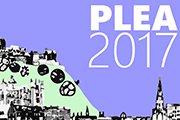
PLEA 2017 at Edinburgh, Jul 2017
Technical paper on 'The Practice of #Architecture in the Tropics: Integrated Design Approach' by Nitin Bansal, Manit Rastogi and Piya Gupta, selected at PLEA 2017 Edinburgh. -

Vertical Architecture
With the rapid increase of urban density in our cities and land being a major constraint there is a need to look out for solutions that allow our cities to expand and not implode. High rise is a response to the paucity of land, without a doubt, tall buildings and compact living may be directly related. As a design ideology the high rise typology of construction has often been seated centre stage at a number of archit ... -
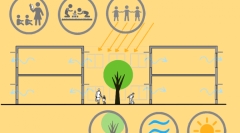
Paper presented @PLEA 2016- Courtyards as Semi-Outdoor Learning Spaces
“Well planned play, both indoor and outdoor is a key way in which children learn with enjoyment and challenge.” [1]. Interest in improving not only the school building but also the outdoor spaces is becoming significantly important as they play an important role in the school curriculum. Research has also highlighted that outdoor learning experiences are more effective in developing intellectual skills than in ... -

Socio-Cultural Manifestation in Built Form- Kerala
Sustainability has been the core concept in most well-conceived, upcoming projects in India. In the modern context, the methods to achieve it are validated by computer simulations to optimize the atmosphere in buildings. Vernacular architecture in India built sustainably by incorporating socio-cultural activities in its built form. This response provided a positive environment for the inhabitants. Interestingly, i ... -
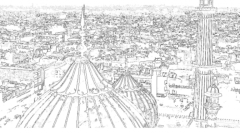
Delhi Architecture: Weaving the Past with Present
Place influences architecture and in return, architecture influences how we remember a specific “place.” An image of Paris evokes a certain kind of architectural memory that is completely different than one instigated by an image of New York, Tokyo, Mumbai or anywhere else for that matter. Memorable architecture stems from the place it sits in, relates to its surroundings in an organic manner and subsequently loc ... -

Sustainable Smart City
The definition of a Sustainable Smart City to me is that the city of the future has to be zero water, zero energy and zero waste to landfill. We need to start thinking of our buildings and cities as Bazaars (places of human interaction) rather than only as Machines (places of human habitation). So how do we redefine our urbanism as an emergence of interwoven networks? The first thing is to determine the carrying cap ... -

Making House a “Home”
The idea of what makes a “house” a “home” is at the center of the discourse on residential architecture. The “home” is a space that comprises of not only of physical settings (house) but also of a state of mind. Home, therefore, is not merely a concrete place that the inhabitants live in, but also a self-expression of what they believe in, a refuge from outside world, and an inventory of past, present and ... -
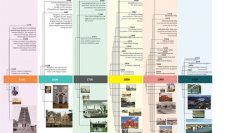
City and Memory : Bengaluru
-
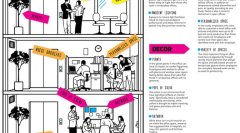
Workplace Design 101
Workplace design plays an integral role in maximizing the productivity of employees of any organization. Some argue that a workplace design that responds to the model of innovation and philosophy of the institution is the ultimate answer to leveraging the full potential of the employees. Others have proposed a more nuanced human-centric approach that uses human personality types and human well-being as the basic prem ...
